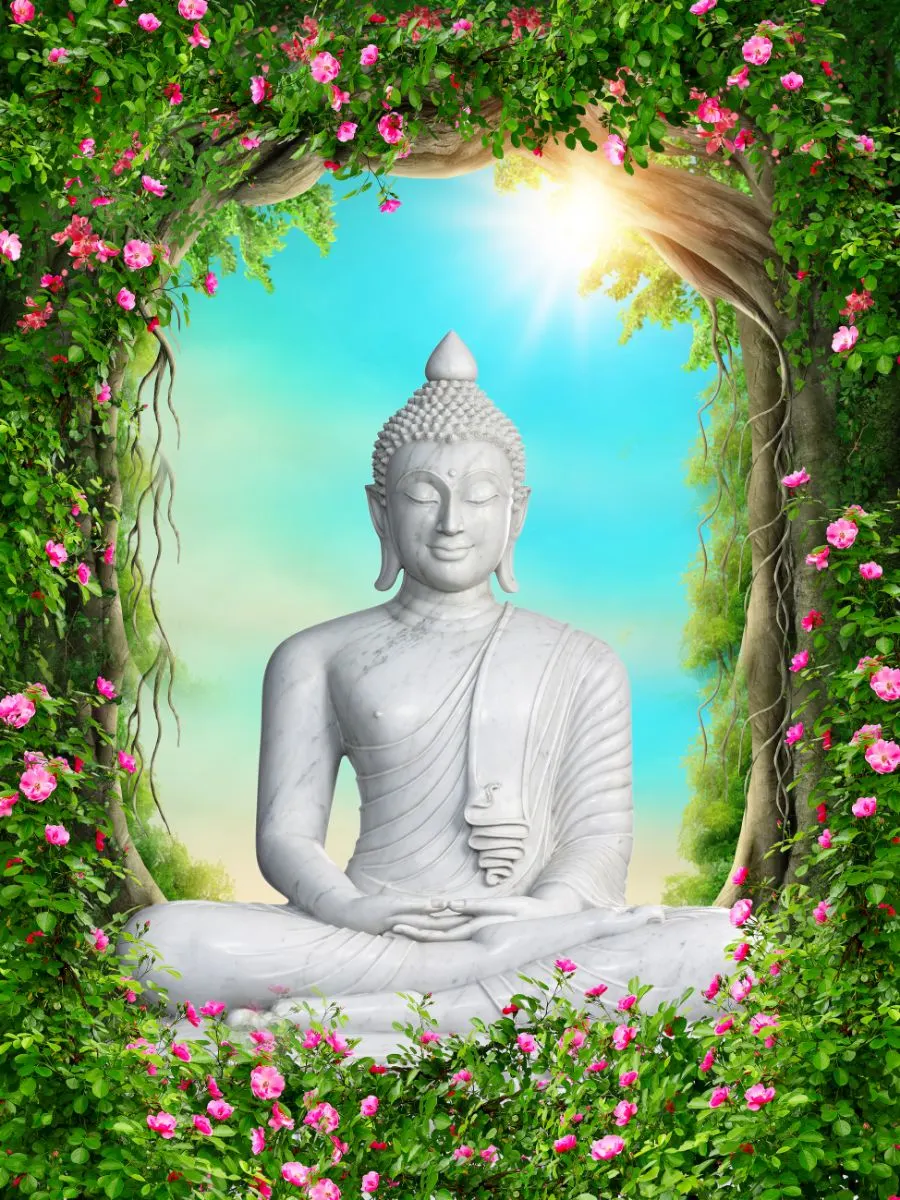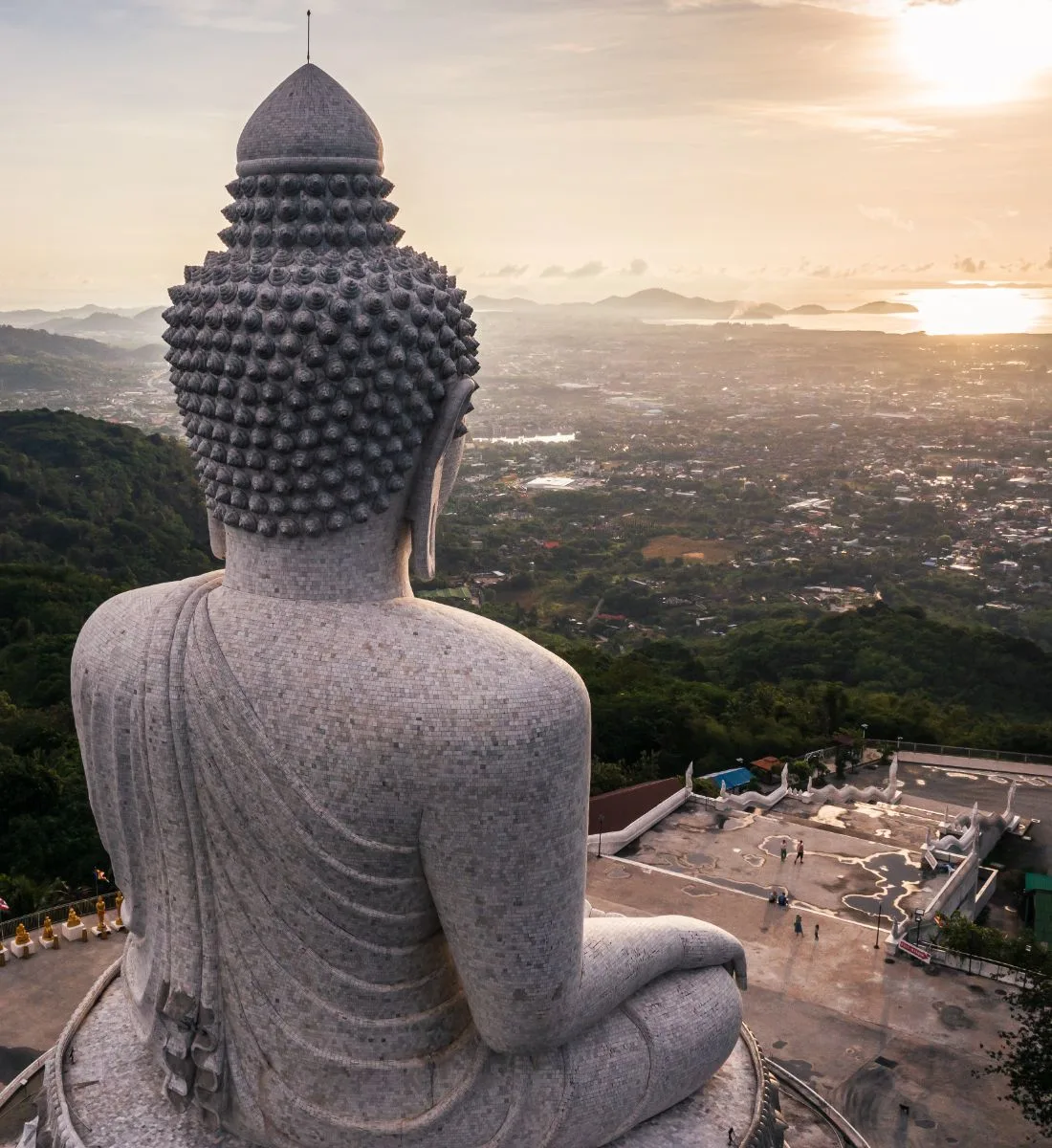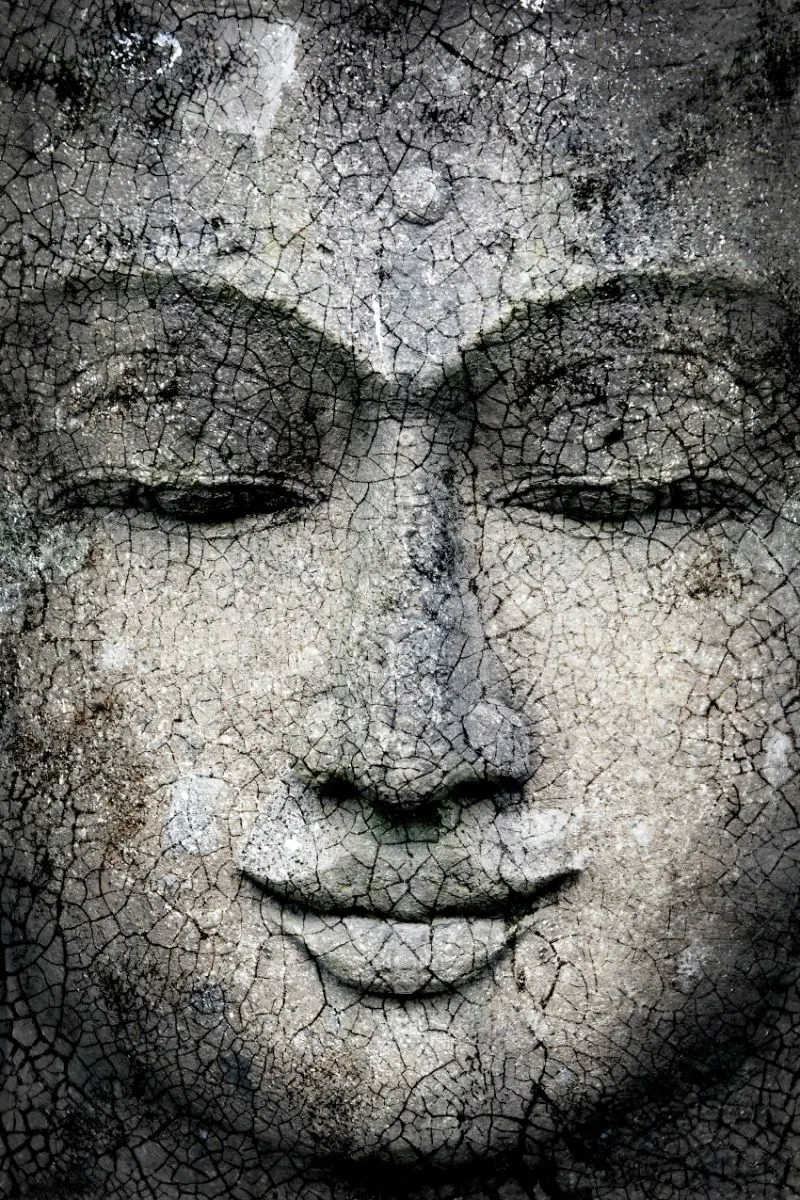Who do Buddhists pray to? Do Buddhists pray to Buddha?
Introduction
Christians pray to God, Muslims to Allah, but what about the Buddhists?
The answer to this question is brief: Buddhists pray to the Three Jewels. Regarding God or Allah, it all depends on what we mean by this name.
Eventually, the name doesn’t matter; only its significance does.
In Buddhism, the Three Jewels (Buddha, Dharma, and Sangha) are also objects of refuge, objects to which we pray and the goal we aspire to achieve.
Note – when publicly professing conversion to the Buddhist faith, one will usually proclaim – ”I take refuge in the Buddha. I take refuge in the Dharma. I take refuge in the Sangha.”
If by God we understand a perfect state, a state in which our wisdom and abilities have reached perfection and all obstacles have been removed, that is to say, a state of final cessation and perfection, that state is no different to Buddha or Enlightenment.
The Role of the Buddha in Buddhist Prayers
The Buddha, in the realm of Buddhism, stands as a beacon of enlightenment, not as a divine entity to be worshipped.
This perspective significantly influences the manner in which Buddhists approach prayer.
The Buddha’s role is not that of a god granting favors or intervening in worldly affairs but of an enlightened teacher guiding followers along the path of spiritual enlightenment.
When Buddhists engage in prayer, they are not seeking divine intervention from the Buddha. However, they turn their focus inward, reflecting upon the teachings and qualities exemplified by the Buddha.
This process involves deeply exploring the Buddha’s wisdom, from his insights about suffering and impermanence to his guidance on cultivating compassion and mindfulness.
As such, Buddhist prayer is less about seeking external aid and more about internalizing the wisdom of the Buddha’s teachings.
This form of prayer can be seen as a meditative practice, where the primary aim is self-reflection.
It’s a time for Buddhists to introspect, inquire into the depths of their minds, and align themselves with the virtues and wisdom embodied by the Buddha.
The Buddha’s teachings act as a compass, guiding them through self-discovery and spiritual growth.
Basically, the role of the Buddha in Buddhist prayers is akin to that of a lighthouse guiding ships safely through treacherous waters.
His teachings illuminate the path, helping Buddhists navigate through life’s challenges and uncertainties.
By recollecting and reflecting upon these teachings during prayer, Buddhists seek to internalize this guidance, allowing it to shape their thoughts, actions, and, ultimately, their journey toward enlightenment.
The Multitude of Buddhas and Siddhārtha
In the vast expanse of Buddhism, many Buddhas exist, each embodying a distinct facet of enlightenment.
This pantheon of enlightened beings proves enlightenment’s multifaceted nature and the diverse paths leading to it.
Siddhārtha Gautama, often referred to as “The Buddha,” is perhaps the most well-known figure among these enlightened beings.
His journey from a sheltered prince to an ascetic and eventually to an enlightened being has been a source of inspiration for millions. His teachings form the core of Buddhist philosophy and practice.
However, Siddhārtha Gautama is not the sole focus of Buddhist prayers. Buddhism recognizes a multitude of other Buddhas, each representing different qualities or aspects of enlightenment.
For instance, Amitabha Buddha embodies infinite light and life, symbolizing boundless compassion.
Medicine Buddha, on the other hand, represents the healing power of enlightenment. Buddhists may pray to any of these Buddhas depending on their aspirations or spiritual needs.
This diversity adds a unique dimension to Buddhist prayer.
It allows individuals to align their devotional practices with the aspect of enlightenment that resonates most with them at a given time.
They might focus their prayers on the Medicine Buddha if one seeks healing.
If one wishes to cultivate compassion, one might turn to Amitabha Buddha.
In this way, the multitude of Buddhas offers a wide array of spiritual touchstones, catering to Buddhists’ diverse spiritual needs and aspirations.
Devotional Meditation Practices in Buddhism
Devotional meditation practices in Buddhism offer a unique approach to prayer, diverging from traditional methods that involve pleas or requests for divine intervention.
Instead, these practices focus on cultivating positive qualities within the individual and fostering a sense of unity with all beings.
A quintessential example of this is loving-kindness meditation. This practice involves directing thoughts of love, kindness, and goodwill to oneself and gradually extending these feelings to others.
From loved ones to neutral individuals and even those with whom one may have conflict, the scope of Metta Prayer gradually widens to encompass all beings without exception.
The goal of the Metta Prayer isn’t to request assistance from a higher power but to cultivate an inner state of unconditional love and compassion.
It’s about breaking down the barriers that separate us, acknowledging the interdependence of all beings, and fostering a deep sense of empathy and understanding.
Buddhists aim to embody the boundless compassion that the Buddha himself exemplified through this practice.
Other Buddhist devotional meditation practices follow a similar pattern, focusing on cultivating virtues like patience, generosity, and stability.
These practices guide Buddhists in their journey toward enlightenment by helping them develop the qualities necessary to navigate life’s challenges with wisdom.
Chanting in Buddhism: Prayers or Affirmations?
A significant part of Buddhist prayer involves chanting. These chants could be considered prayers, but they aren’t pleas to a higher power.
They are recitations of vows, aspirations, and offerings as reminders of the path to enlightenment. By vocalizing these affirmations, Buddhists reinforce their commitment to the teachings of the Buddha and their spiritual growth.
The Role of Awakened Beings in Buddhist Prayers
Chanting is a central practice in Buddhism, often perceived as a form of prayer. However, unlike prayer in some religious traditions, Buddhist chanting does not involve supplications or requests to a divine entity.
Instead, these chants are more akin to affirmations, serving as powerful reminders of the teachings of the Buddha and the path to enlightenment.
Buddhist chants consist of recitations of vows, aspirations, and offerings.
They may include verses from sacred Buddhist texts, mantras imbued with spiritual significance, or expressions of gratitude and reverence towards the Buddha and other enlightened beings.
Each chant carries a specific meaning and purpose, guiding the practitioner’s mind towards certain aspects of Buddhist philosophy.
For instance, some chants are recitations of the Buddha’s teachings, reminding practitioners of the principles of morality, meditation, and wisdom that form the core of the Buddhist path.
Other chants may be expressions of aspiration, vocalizing the practitioner’s commitment to follow this path and attain enlightenment for the benefit of all beings.
Regardless of their specific content, all Buddhist chants serve a common purpose: they reinforce the practitioner’s commitment to the teachings of the Buddha and their spiritual journey.
Buddhists embed these principles deeper into their consciousness by repeatedly vocalizing these affirmations.
This practice helps to align their thoughts, words, and actions with the path of enlightenment, fostering a sense of focus and determination in their spiritual practice.
Final Thoughts On Who Do Buddhists Pray To?
So, who do Buddhists pray to? As we’ve discovered, the answer isn’t straightforward. Prayer in Buddhism transcends the conventional understanding of prayer.
It isn’t a plea to a divine entity but a means of personal growth and spiritual exploration.
Whether it’s prostrating before a Buddha, meditating with loving-kindness, or chanting affirmations, each aspect of Buddhist prayer serves as a stepping stone on the path to enlightenment.
In the end, Buddhism teaches us that the journey to enlightenment is deeply personal, and its practices reflect this beautifully.
Each individual finds their unique path, guided by the teachings of the Buddha and the wisdom within themselves.
In this light, perhaps the question isn’t “Who do Buddhists pray to?” but rather “What do Buddhists discover within themselves through prayer?”


Shane Hanner
Sunday 10th of January 2016
Thats an awful explanation, especially for people that may not understand buddhism or how it compares to Abrahamic religions.